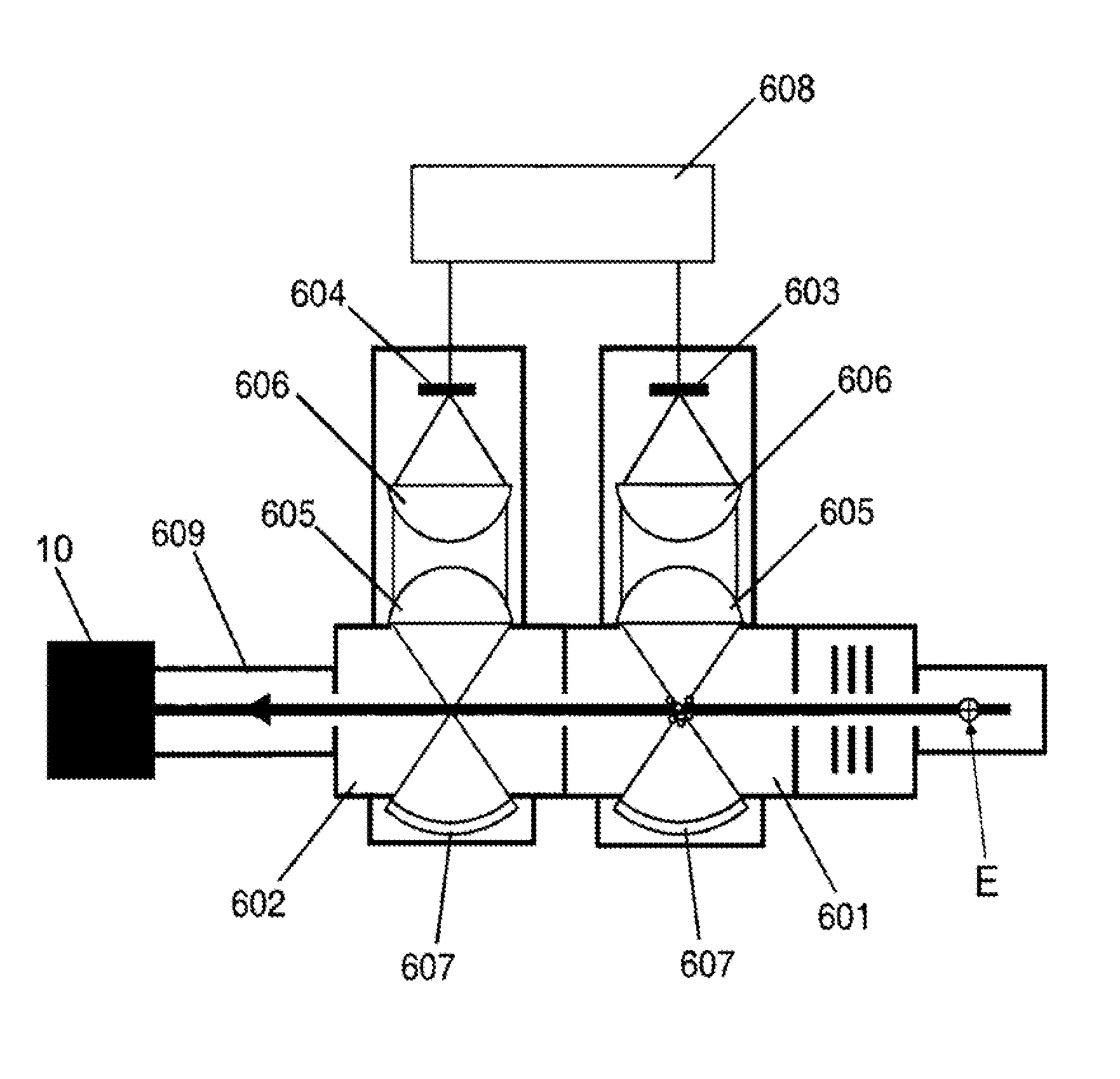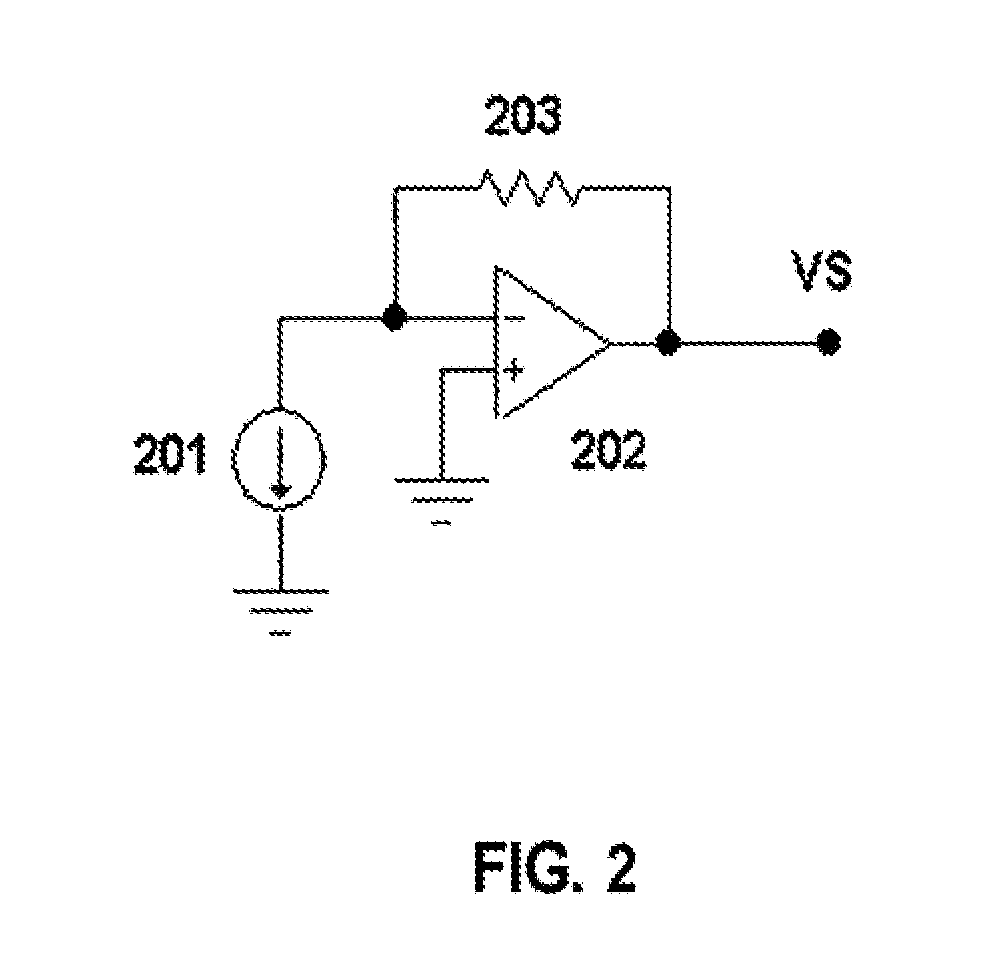Light scattering detector
a detector and light scattering technology, applied in the field of sample analysis, can solve the problems of large size of analyte signal, limited light source power in commercial lsd sections, and degree of scattering, and achieve the effect of efficient direct light scattering, high sensitivity, and increased light collection
- Summary
- Abstract
- Description
- Claims
- Application Information
AI Technical Summary
Benefits of technology
Problems solved by technology
Method used
Image
Examples
Embodiment Construction
[0019] The invention is directed to high sensitivity light scattering detection methods, devices and systems. Through various aspects of the invention, especially when applied in combination, scattering from background sources is made very low. A light scattering detector device of the invention accordingly has high sensitivity and exhibits a low limit of detection. A light scattering detector device of the invention may be an independent device, or it may form a section / component of another device, such as an evaporative light scattering detector device. Embodiments of the invention also obtain a reference signal from a through-beam portion (portion that is not scattered) of the light source that is detected at the backside of an absorptive filter at the end of a light trap. The reference signal is used in a detection circuit to cancel background effects, increase the sensitivity and lower the limit of detection.
[0020] In accordance with embodiments of the invention, a detection c...
PUM
| Property | Measurement | Unit |
|---|---|---|
| Laser beam powers | aaaaa | aaaaa |
| laser power | aaaaa | aaaaa |
| beam power | aaaaa | aaaaa |
Abstract
Description
Claims
Application Information
 Login to View More
Login to View More - R&D
- Intellectual Property
- Life Sciences
- Materials
- Tech Scout
- Unparalleled Data Quality
- Higher Quality Content
- 60% Fewer Hallucinations
Browse by: Latest US Patents, China's latest patents, Technical Efficacy Thesaurus, Application Domain, Technology Topic, Popular Technical Reports.
© 2025 PatSnap. All rights reserved.Legal|Privacy policy|Modern Slavery Act Transparency Statement|Sitemap|About US| Contact US: help@patsnap.com



